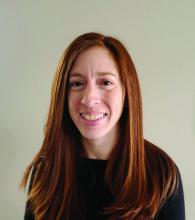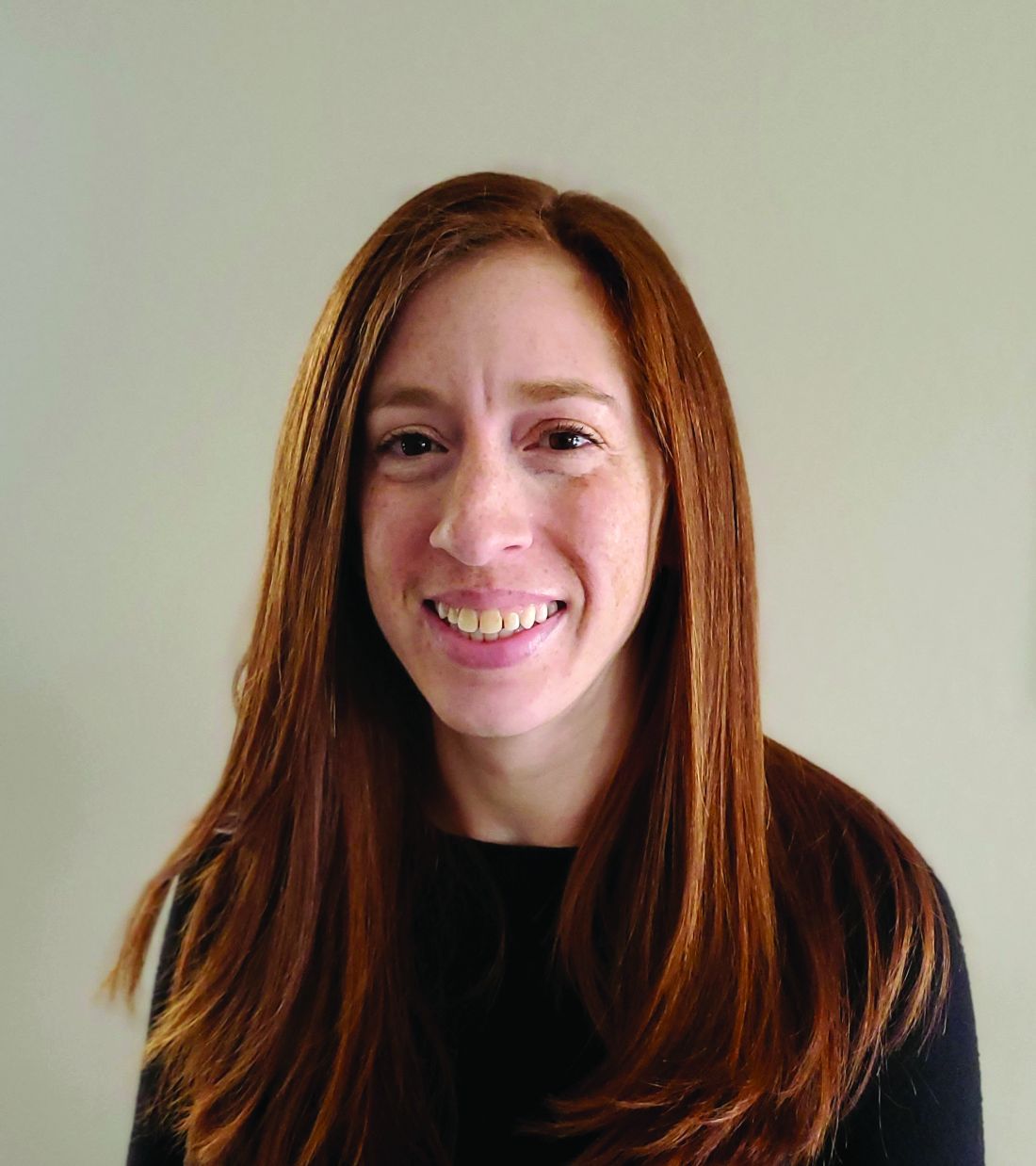User login
according to a recent study.
These findings should prompt clinicians to discuss with parents the various factors that could be driving sleep disturbances, and potential safety issues associated with melatonin usage, lead author Lauren E. Hartstein, PhD, a postdoctoral fellow in the Sleep and Development Lab at the University of Colorado, Boulder, and colleagues reported.
Writing in JAMA Pediatrics, the investigators noted that melatonin products are notorious for mislabeling, with active ingredient quantities as much as three times higher than the labeled amount. This issue is particularly concerning, they added, as calls to poison control for melatonin ingestion jumped more than fivefold from 2012 to 2021, with most cases involving children younger than 5 years. Meanwhile, scant evidence is available to characterize intentional usage in the same population.
“Current data are lacking on the prevalence of melatonin use and the frequency, dosing, and timing of melatonin administration in U.S. youth,” Dr. Hartstein and colleagues wrote.
To address this knowledge gap, the investigators conducted an online survey of parents with children and adolescents aged 1.0-13.9 years. The survey asked parents to report any melatonin usage in their children in the past 30 days.
Parents reporting melatonin usage were asked about frequency, dose, timing of administration before bedtime, and duration of use.
Findings were reported within three age groups: preschool (1-4 years), school aged (5-9 years), and preteen (10-13 years).
The survey revealed that almost one in five children in the older age groups were using melatonin, with a rate of 18.5% in the school-aged group and 19.4% in the preteen group. In comparison, 5.6% of preschool children had received melatonin for sleep in the past 30 days.
A significant uptick in usage
These findings point to a significant uptick in usage, according to Dr. Hartstein and colleagues, who cited a 2017-2018 study that found just 1.3% of U.S. children had taken melatonin in the past 30 days.
In the present study, melatonin was typically administered 30 minutes before bedtime, most often as a gummy (64.3%) or chewable tablet (27.0%).
Frequency of administration was similar between age groups and trended toward a bimodal pattern, with melatonin often given either 1 day per week or 7 days per week.
Median dose increased significantly with age, from 0.5 mg in the preschool group to 1.0 mg in the school-aged group and 2.0 mg in the preteen group. Median duration also showed a significant upward trend, with 12-month, 18-month, and 21-month durations, respectively, for ascending age groups.
The investigators concluded that melatonin usage among U.S. adolescents and children is “exceedingly common,” despite a lack of evidence to support long-term safety or guide optimal dosing.
Is melatonin use masking other sleep issues?
“Widespread melatonin use across developmental stages may suggest a high prevalence of sleep disruption, which deserves accurate diagnosis and effective treatment,” Dr. Hartstein and colleagues wrote. “Dissemination of information regarding safety concerns, such as overdose and supplement mislabeling, is necessary. Clinicians should discuss with parents the factors associated with sleep difficulties and effective behavioral strategies.”
Large-scale, long-term studies are needed, they added, to generate relevant safety and efficacy data, and to characterize the factors driving melatonin administration by parents.
“Studies like these add to our knowledge base and give us insight into what patients or parents may be doing that can impact overall health,” said Alfonso J. Padilla, MD, assistant clinical professor of sleep medicine at the University of California, Los Angeles, in a written comment. “Often, in normal encounters with our patients we may not be able to gather this information easily. It may help open conversations about sleep issues that are not being addressed.”
Dr. Padilla suggested that parents may believe that melatonin is safe because it is not regulated by the Food and Drug Administration, when in fact they could be negatively impacting their children’s sleep. He noted that short-term risks include altered circadian rhythm and vivid dreams or nightmares, while long-term safety remains unclear.
“As a sleep physician, I use melatonin for specific indications only,” Dr. Padilla said. “I may use it in small children that are having difficulty falling asleep, especially in children with autism or special needs. I also use it for help in adjustment in circadian rhythm, especially in adolescents.”
He recommends melatonin, he added, if he has a complete case history, and melatonin is suitable for that patient.
Typically, it’s not.
“Most often a medication is not the answer for the sleep concern that parents are having about their child,” he said.
The investigators disclosed grants from the Eunice Kennedy Shriver National Institute of Child Health and Human Development and the Colorado Clinical and Translational Science Award Program of the National Center for Advancing Translational Sciences of the National Institutes of Health. They reported no conflicts of interest.
according to a recent study.
These findings should prompt clinicians to discuss with parents the various factors that could be driving sleep disturbances, and potential safety issues associated with melatonin usage, lead author Lauren E. Hartstein, PhD, a postdoctoral fellow in the Sleep and Development Lab at the University of Colorado, Boulder, and colleagues reported.
Writing in JAMA Pediatrics, the investigators noted that melatonin products are notorious for mislabeling, with active ingredient quantities as much as three times higher than the labeled amount. This issue is particularly concerning, they added, as calls to poison control for melatonin ingestion jumped more than fivefold from 2012 to 2021, with most cases involving children younger than 5 years. Meanwhile, scant evidence is available to characterize intentional usage in the same population.
“Current data are lacking on the prevalence of melatonin use and the frequency, dosing, and timing of melatonin administration in U.S. youth,” Dr. Hartstein and colleagues wrote.
To address this knowledge gap, the investigators conducted an online survey of parents with children and adolescents aged 1.0-13.9 years. The survey asked parents to report any melatonin usage in their children in the past 30 days.
Parents reporting melatonin usage were asked about frequency, dose, timing of administration before bedtime, and duration of use.
Findings were reported within three age groups: preschool (1-4 years), school aged (5-9 years), and preteen (10-13 years).
The survey revealed that almost one in five children in the older age groups were using melatonin, with a rate of 18.5% in the school-aged group and 19.4% in the preteen group. In comparison, 5.6% of preschool children had received melatonin for sleep in the past 30 days.
A significant uptick in usage
These findings point to a significant uptick in usage, according to Dr. Hartstein and colleagues, who cited a 2017-2018 study that found just 1.3% of U.S. children had taken melatonin in the past 30 days.
In the present study, melatonin was typically administered 30 minutes before bedtime, most often as a gummy (64.3%) or chewable tablet (27.0%).
Frequency of administration was similar between age groups and trended toward a bimodal pattern, with melatonin often given either 1 day per week or 7 days per week.
Median dose increased significantly with age, from 0.5 mg in the preschool group to 1.0 mg in the school-aged group and 2.0 mg in the preteen group. Median duration also showed a significant upward trend, with 12-month, 18-month, and 21-month durations, respectively, for ascending age groups.
The investigators concluded that melatonin usage among U.S. adolescents and children is “exceedingly common,” despite a lack of evidence to support long-term safety or guide optimal dosing.
Is melatonin use masking other sleep issues?
“Widespread melatonin use across developmental stages may suggest a high prevalence of sleep disruption, which deserves accurate diagnosis and effective treatment,” Dr. Hartstein and colleagues wrote. “Dissemination of information regarding safety concerns, such as overdose and supplement mislabeling, is necessary. Clinicians should discuss with parents the factors associated with sleep difficulties and effective behavioral strategies.”
Large-scale, long-term studies are needed, they added, to generate relevant safety and efficacy data, and to characterize the factors driving melatonin administration by parents.
“Studies like these add to our knowledge base and give us insight into what patients or parents may be doing that can impact overall health,” said Alfonso J. Padilla, MD, assistant clinical professor of sleep medicine at the University of California, Los Angeles, in a written comment. “Often, in normal encounters with our patients we may not be able to gather this information easily. It may help open conversations about sleep issues that are not being addressed.”
Dr. Padilla suggested that parents may believe that melatonin is safe because it is not regulated by the Food and Drug Administration, when in fact they could be negatively impacting their children’s sleep. He noted that short-term risks include altered circadian rhythm and vivid dreams or nightmares, while long-term safety remains unclear.
“As a sleep physician, I use melatonin for specific indications only,” Dr. Padilla said. “I may use it in small children that are having difficulty falling asleep, especially in children with autism or special needs. I also use it for help in adjustment in circadian rhythm, especially in adolescents.”
He recommends melatonin, he added, if he has a complete case history, and melatonin is suitable for that patient.
Typically, it’s not.
“Most often a medication is not the answer for the sleep concern that parents are having about their child,” he said.
The investigators disclosed grants from the Eunice Kennedy Shriver National Institute of Child Health and Human Development and the Colorado Clinical and Translational Science Award Program of the National Center for Advancing Translational Sciences of the National Institutes of Health. They reported no conflicts of interest.
according to a recent study.
These findings should prompt clinicians to discuss with parents the various factors that could be driving sleep disturbances, and potential safety issues associated with melatonin usage, lead author Lauren E. Hartstein, PhD, a postdoctoral fellow in the Sleep and Development Lab at the University of Colorado, Boulder, and colleagues reported.
Writing in JAMA Pediatrics, the investigators noted that melatonin products are notorious for mislabeling, with active ingredient quantities as much as three times higher than the labeled amount. This issue is particularly concerning, they added, as calls to poison control for melatonin ingestion jumped more than fivefold from 2012 to 2021, with most cases involving children younger than 5 years. Meanwhile, scant evidence is available to characterize intentional usage in the same population.
“Current data are lacking on the prevalence of melatonin use and the frequency, dosing, and timing of melatonin administration in U.S. youth,” Dr. Hartstein and colleagues wrote.
To address this knowledge gap, the investigators conducted an online survey of parents with children and adolescents aged 1.0-13.9 years. The survey asked parents to report any melatonin usage in their children in the past 30 days.
Parents reporting melatonin usage were asked about frequency, dose, timing of administration before bedtime, and duration of use.
Findings were reported within three age groups: preschool (1-4 years), school aged (5-9 years), and preteen (10-13 years).
The survey revealed that almost one in five children in the older age groups were using melatonin, with a rate of 18.5% in the school-aged group and 19.4% in the preteen group. In comparison, 5.6% of preschool children had received melatonin for sleep in the past 30 days.
A significant uptick in usage
These findings point to a significant uptick in usage, according to Dr. Hartstein and colleagues, who cited a 2017-2018 study that found just 1.3% of U.S. children had taken melatonin in the past 30 days.
In the present study, melatonin was typically administered 30 minutes before bedtime, most often as a gummy (64.3%) or chewable tablet (27.0%).
Frequency of administration was similar between age groups and trended toward a bimodal pattern, with melatonin often given either 1 day per week or 7 days per week.
Median dose increased significantly with age, from 0.5 mg in the preschool group to 1.0 mg in the school-aged group and 2.0 mg in the preteen group. Median duration also showed a significant upward trend, with 12-month, 18-month, and 21-month durations, respectively, for ascending age groups.
The investigators concluded that melatonin usage among U.S. adolescents and children is “exceedingly common,” despite a lack of evidence to support long-term safety or guide optimal dosing.
Is melatonin use masking other sleep issues?
“Widespread melatonin use across developmental stages may suggest a high prevalence of sleep disruption, which deserves accurate diagnosis and effective treatment,” Dr. Hartstein and colleagues wrote. “Dissemination of information regarding safety concerns, such as overdose and supplement mislabeling, is necessary. Clinicians should discuss with parents the factors associated with sleep difficulties and effective behavioral strategies.”
Large-scale, long-term studies are needed, they added, to generate relevant safety and efficacy data, and to characterize the factors driving melatonin administration by parents.
“Studies like these add to our knowledge base and give us insight into what patients or parents may be doing that can impact overall health,” said Alfonso J. Padilla, MD, assistant clinical professor of sleep medicine at the University of California, Los Angeles, in a written comment. “Often, in normal encounters with our patients we may not be able to gather this information easily. It may help open conversations about sleep issues that are not being addressed.”
Dr. Padilla suggested that parents may believe that melatonin is safe because it is not regulated by the Food and Drug Administration, when in fact they could be negatively impacting their children’s sleep. He noted that short-term risks include altered circadian rhythm and vivid dreams or nightmares, while long-term safety remains unclear.
“As a sleep physician, I use melatonin for specific indications only,” Dr. Padilla said. “I may use it in small children that are having difficulty falling asleep, especially in children with autism or special needs. I also use it for help in adjustment in circadian rhythm, especially in adolescents.”
He recommends melatonin, he added, if he has a complete case history, and melatonin is suitable for that patient.
Typically, it’s not.
“Most often a medication is not the answer for the sleep concern that parents are having about their child,” he said.
The investigators disclosed grants from the Eunice Kennedy Shriver National Institute of Child Health and Human Development and the Colorado Clinical and Translational Science Award Program of the National Center for Advancing Translational Sciences of the National Institutes of Health. They reported no conflicts of interest.
FROM JAMA PEDIATRICS


